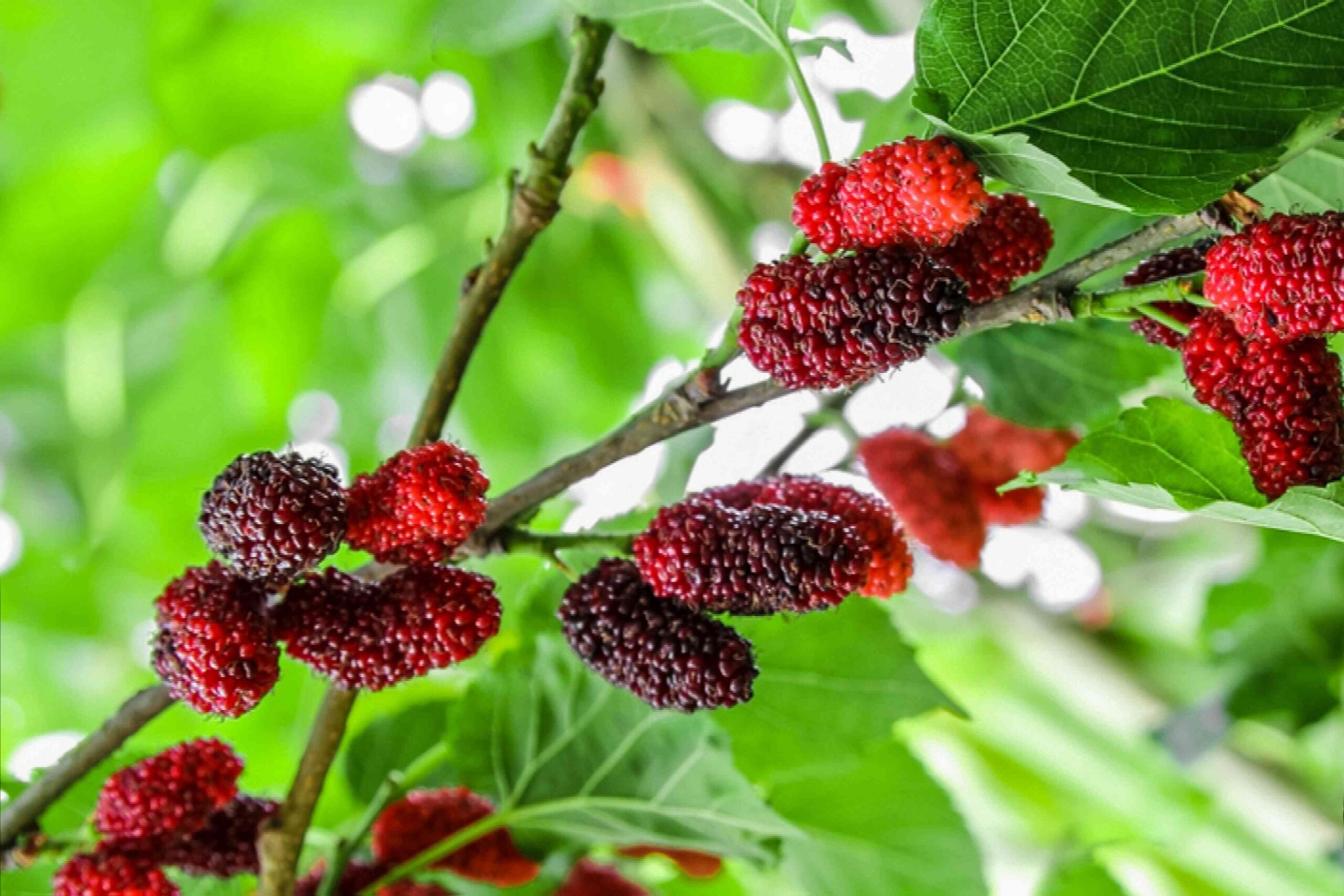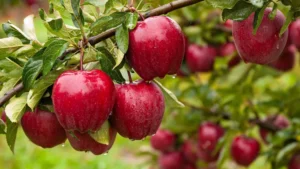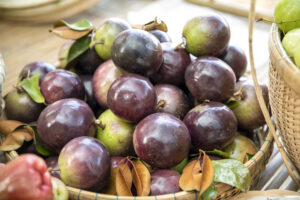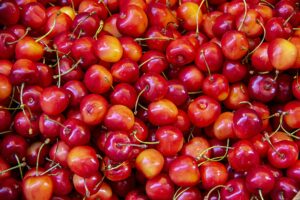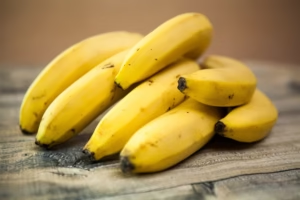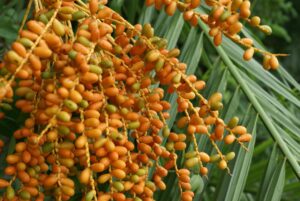How to Grow and Care for Mulberry Trees: A Complete Guide
Growing mulberry trees can be incredibly rewarding, providing you with delicious fruits and beautiful foliage. Whether you have a spacious garden or just a sunny balcony, these versatile trees can thrive in various settings. This comprehensive guide will walk you through everything you need to know about growing and caring for mulberry trees in different environments.
Understanding Mulberry Trees
Mulberry trees (Morus spp.) are fast-growing deciduous trees that produce sweet, juicy berries. There are several species commonly grown in the US:
- White mulberry (Morus alba) – Originally from China, now naturalized throughout the US
- Red mulberry (Morus rubra) – Native to eastern North America
- Black mulberry (Morus nigra) – Originally from western Asia, valued for its flavorful fruits
According to the USDA Natural Resources Conservation Service, mulberry trees are adaptable to various soil conditions and can serve multiple functions in your landscape, from providing fruit to offering shade and wildlife habitat https://plants.usda.gov/home/plantProfile?symbol=MORU2.
Choosing the Right Mulberry Variety for Your Needs
Before planting, consider which variety best suits your space and purposes:
| Variety | Height | Growth Rate | Fruit Color | Cold Hardiness | Best Uses |
|---|---|---|---|---|---|
| White Mulberry | 30-80 ft | Fast | White to purple | USDA Zones 4-9 | Shade, windbreak, wildlife |
| Red Mulberry | 35-70 ft | Medium | Dark red to black | USDA Zones 4-8 | Native landscapes, fruit production |
| Black Mulberry | 20-30 ft | Slow | Dark purple | USDA Zones 6-10 | Fruit production, container growing |
| Dwarf Mulberry | 6-15 ft | Medium | Varies | Varies by cultivar | Containers, small gardens |
Growing Mulberry Trees from Seed
Starting mulberry trees from seed is economical but requires patience. Here’s how you can do it:
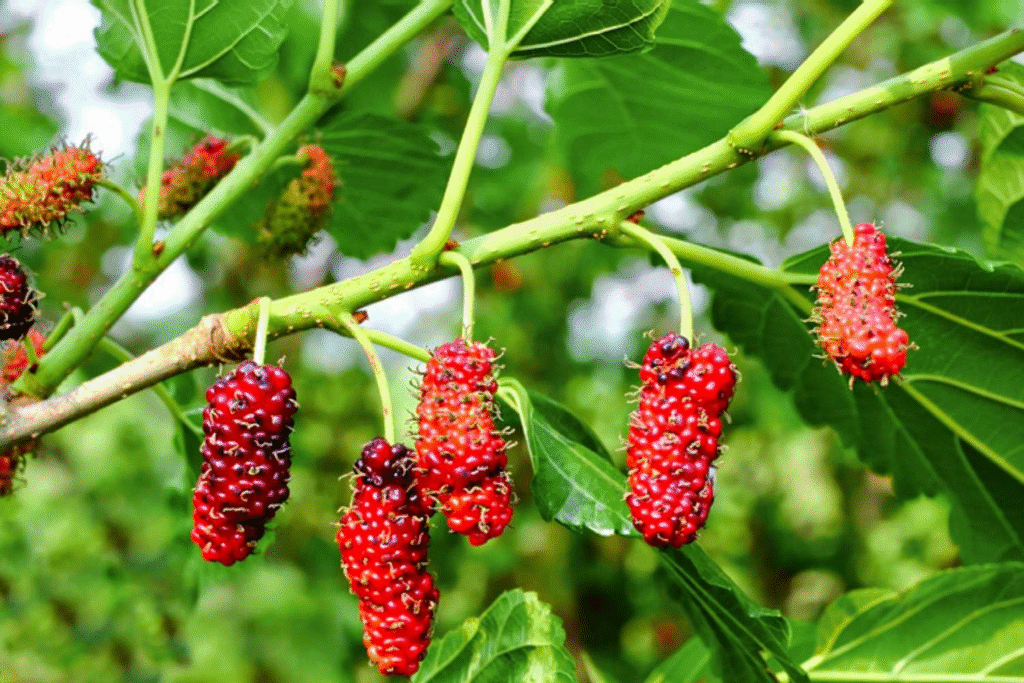
Seed Collection and Preparation
- Collect fully ripe berries from a healthy tree during summer.
- Mash the berries and rinse away the pulp using a fine sieve.
- Spread the clean seeds on paper towels to dry completely.
Stratification Process
To break seed dormancy:
- Mix seeds with moist sand or peat moss in a resealable plastic bag.
- Place in your refrigerator (not freezer) for 60-90 days.
- Check occasionally to ensure the medium remains slightly moist.
Planting Seeds
- Fill seed-starting trays with high-quality potting mix.
- Sow stratified seeds 1/4 inch deep.
- Keep soil consistently moist but not waterlogged.
- Maintain temperatures between 65-75°F.
- Expect germination within 2-4 weeks.
- Transplant seedlings to individual pots when they develop 2-3 true leaves.
Growing Mulberry Trees in Garden Pots
Container-grown mulberry trees are perfect for patios, balconies, or small yards. They also allow you to grow varieties that might not be winter-hardy in your region.
Selecting a Container
Choose a container that:
- Is at least 15-20 gallons in capacity
- Has several drainage holes
- Is made of a durable material like ceramic, concrete, or thick plastic
Potting Medium
Create a well-draining mix by combining:
- 60% high-quality potting soil
- 20% compost
- 20% perlite or coarse sand
Planting and Maintenance
- Position a dwarf variety or grafted specimen in your container.
- Plant at the same depth as it was growing previously.
- Water thoroughly after planting.
- Place in a location that receives at least 6 hours of direct sunlight daily.
- Water when the top 2 inches of soil feels dry.
- Fertilize with a balanced, slow-release fertilizer in spring.
- Repot every 2-3 years, or when roots become crowded.
Winter Protection for Potted Trees
In colder regions:
- Move containers to a protected area like a garage or garden shed.
- Reduce watering frequency but don’t allow the soil to completely dry out.
- Apply mulch around the base of the tree.
- Wrap the container with bubble wrap or burlap for additional insulation.
Planting Mulberry Trees Outdoors
For a permanent landscape addition, plant mulberry trees directly in your garden.
Site Selection
Choose a location that:
- Receives full sun (at least 6-8 hours daily)
- Has well-draining soil
- Provides enough space for the mature size of your selected variety
- Is away from structures, as roots can be invasive
- Considers fruit drop, which can stain sidewalks and patios
Planting Process
- Dig a hole twice the width of the root ball but equal in depth.
- Amend the soil with compost if needed.
- Position the tree so the top of the root ball is level with the surrounding soil.
- Backfill with soil, firming gently to eliminate air pockets.
- Create a basin around the tree for watering.
- Apply 2-3 inches of mulch, keeping it several inches away from the trunk.
- Water deeply immediately after planting.
Ongoing Care for Mulberry Trees
Watering Requirements
- Young trees: Water deeply once a week during the growing season.
- Established trees: Water during extended dry periods.
- Container trees: Check soil moisture frequently; water when the top 2 inches feel dry.
Fertilization Schedule
- Year 1: Apply a balanced fertilizer (10-10-10) in spring.
- Established trees: Fertilize annually in early spring before new growth appears.
- Container trees: Apply a slow-release fertilizer in spring, following package directions.
Pruning Techniques
Mulberry trees require minimal pruning, but you should:
- Remove dead, diseased, or crossing branches in late winter.
- Thin interior branches to improve air circulation.
- Prune to maintain desired size for container specimens.
- For newly planted trees, prune only when necessary to establish structure.
According to the US Forest Service, proper pruning can help mulberry trees maintain their health and productivity for many years https://www.fs.usda.gov/naspf/publications/how-prune-trees-na-fr-01-95.
Pest and Disease Management
Mulberry trees are generally resilient but can face issues:
- Pests: Scale insects, whiteflies, and fruit flies
- Diseases: Powdery mildew, leaf spot, and cankers
Control methods:
- Maintain good air circulation through proper spacing and pruning.
- Remove fallen fruit promptly to prevent pest attraction.
- Apply insecticidal soap for minor pest infestations.
- Use organic fungicides if disease symptoms appear.
Harvesting and Using Mulberries

When to Harvest
Mulberries generally ripen from late spring through summer, depending on your region and variety. Berries are ready when they:
- Easily detach from the tree
- Have fully developed their characteristic color
- Are soft and juicy
Harvesting Methods
- Place tarps or sheets under the tree before harvesting.
- Gently shake branches to release ripe berries.
- Hand-pick berries for the best quality.
- Harvest in the morning for optimal flavor.
Storing and Preserving
Fresh mulberries are highly perishable but can be:
- Refrigerated for 2-3 days
- Frozen for up to 6 months
- Dried using a food dehydrator
- Made into jam, jelly, or preserves
Culinary Uses
Mulberries are versatile in the kitchen:
- Add fresh to yogurt, oatmeal, or smoothies
- Bake into pies, muffins, or cobblers
- Use in savory sauces for meats
- Brew into tea or ferment into wine
Common Challenges and Solutions

Issue: Poor Fruit Production
Solution: Ensure adequate sunlight, proper pollination, and appropriate fertilization.
Issue: Excessive Fruit Drop
Solution: Plant in less trafficked areas or select fruitless varieties for cleaner landscapes.
Issue: Winter Damage
Solution: Choose varieties suited to your USDA hardiness zone; provide winter protection when needed.
Issue: Staining from Fruits
Solution: Place mulberry trees away from walkways and outdoor living areas.
Conclusion
Growing mulberry trees can be a rewarding experience that provides you with nutritious fruits, attractive landscaping, and habitat for wildlife. By selecting the right variety for your space and following proper care guidelines, you can enjoy these versatile trees for many years.
Whether you choose to grow mulberries in containers on your patio or as statement trees in your landscape, their adaptability and relatively low maintenance requirements make them excellent additions to almost any garden. With the techniques outlined in this guide, you’re well-equipped to successfully grow and care for mulberry trees in various settings across the US.
